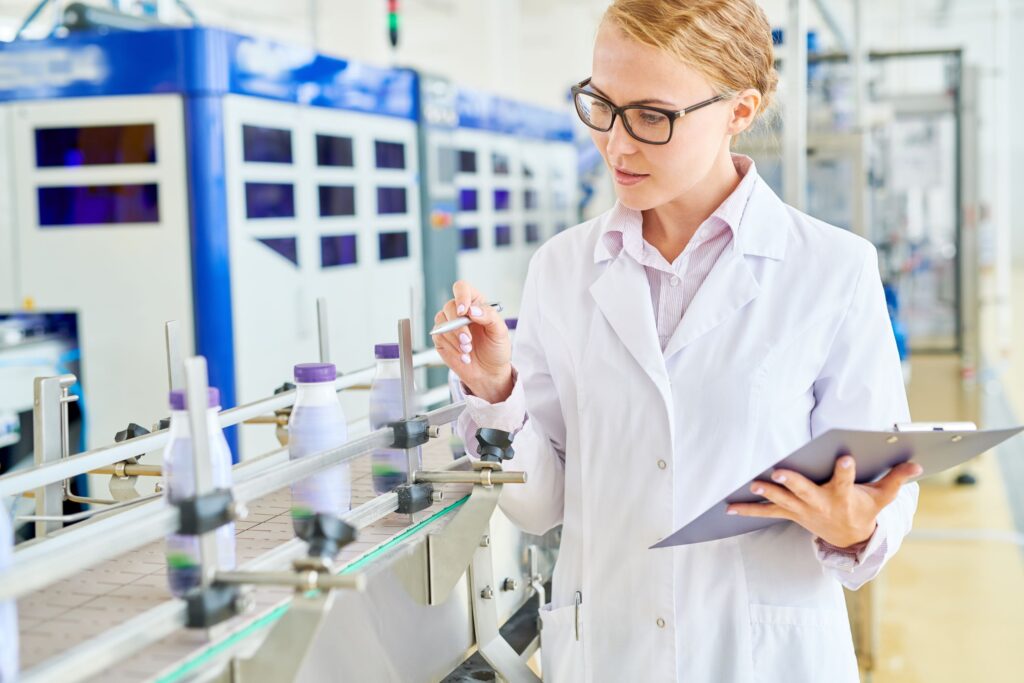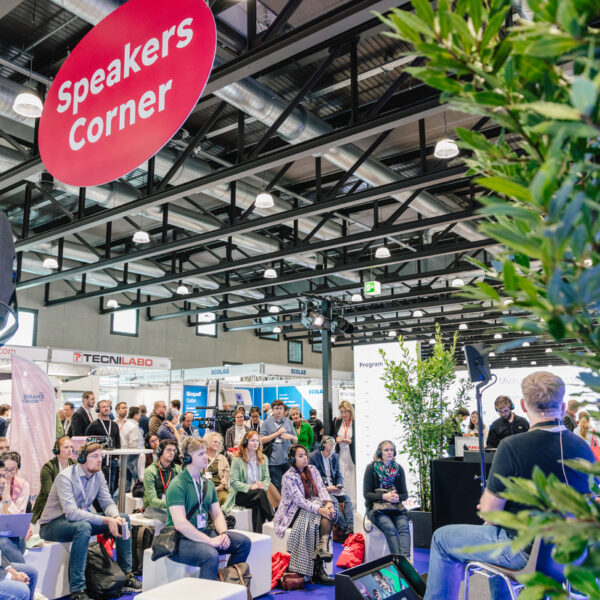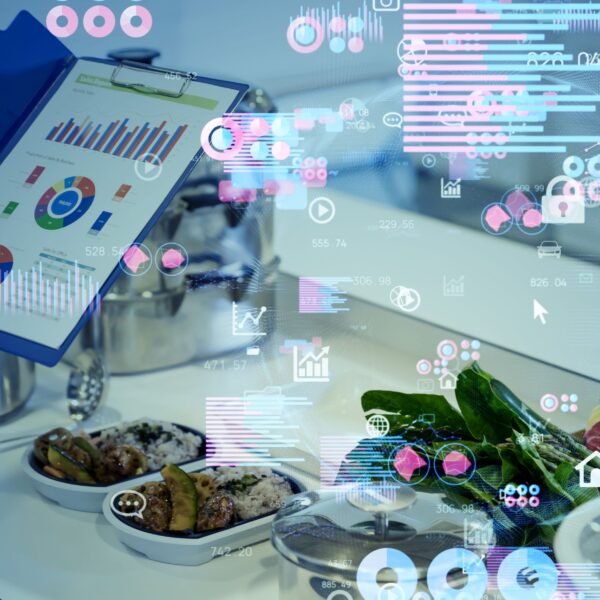Digitisation
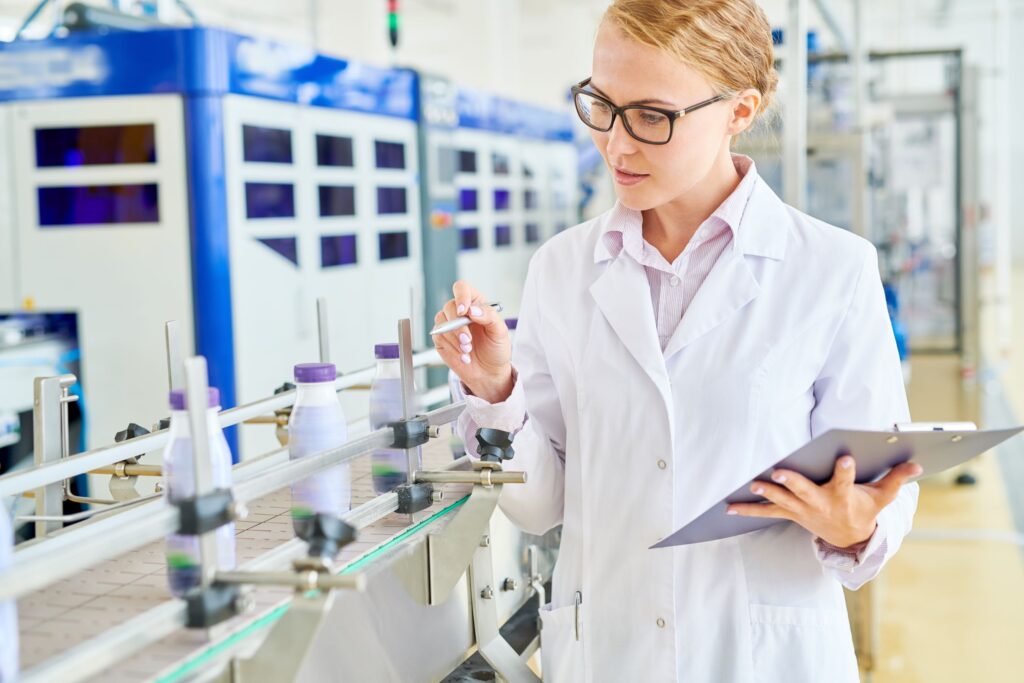
Digital meets biology – the next revolution
In the process, in the laboratory and in logistics, digital systems enable active communication between many data streams, which enables production lines, analysis lines and logistics chains to attain self-optimisation. But that’s not all! The merging of digital and biological systems is paving the way for future opportunities.
This is most evident in organ-on-a-chip systems, whereby a living organ or a substructure thereof is placed on small platforms. Microfluidic tubes supply it like a blood circulatory system. Integrated digital sensors allow for monitoring of relevant parameters.
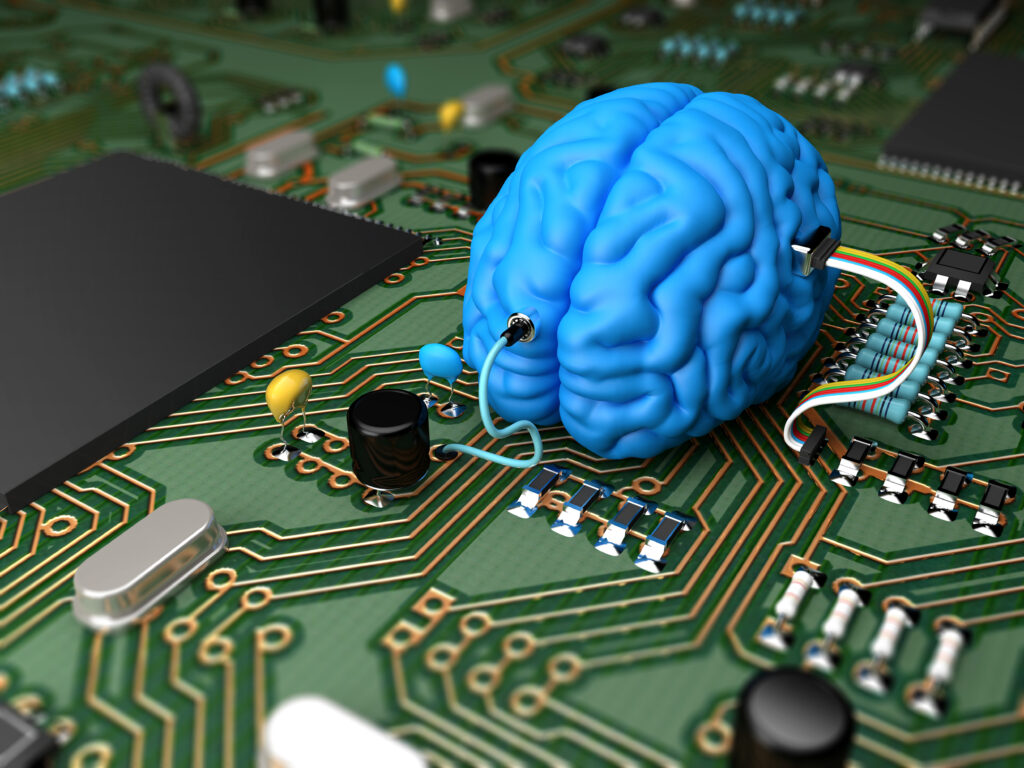
This arrangement enables toxicological tests to be carried out or the effect of a drug candidate to be assessed – an alternative to conventional animal testing. Perspectively, several such mini-organs could be connected to one another and subsequently form a multi-organ system. This is how the power of sensor-supported digital data collection comes into its own. This allows models to be developed for the reaction of larger parts of the body to drugs or environmental toxins on the basis of a large amount of measurement data.
Moreover, the combination of biology and digital technology already has tangible advantages for operational optimisation efforts. For example, mathematical models start with the familiar swarm intelligence and develop machine controls that learn from it. These can extend to complete production processes or analysis laboratories.
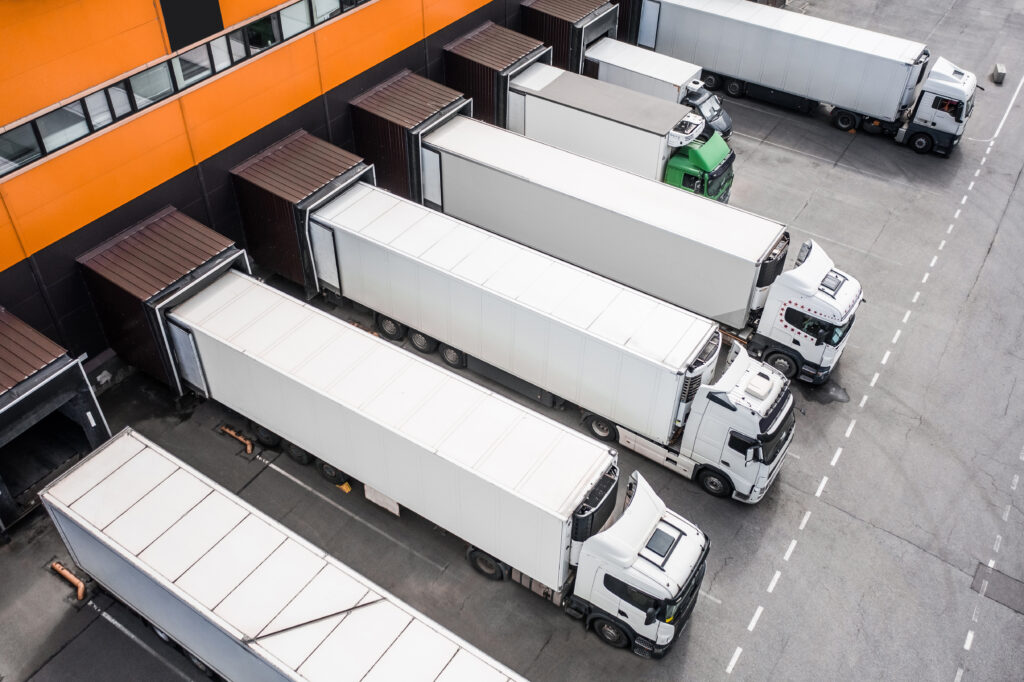
The models used to optimise existing working methods become more accurate, the better fast-paced processes can be recorded with suitable monitoring. That’s why 5G networks. With their transmission rates of up to over 10 gigabits per second, they give monitoring with sensors and process automation an additional boost.
This also applies to chemical and pharmaceutical logistics, which gets new impetus both from fast data transmission and from swarm intelligence.
The Ilmac Industry Event in Basel caters specifically to logistics with the Pharma Logistics Days, where current trends and sustainability are the focus. In addition, chemists, pharmacists, engineers and many other professionals will attend the event to experience an exciting product show and an intensive exchange of ideas, especially on the topic of “digitisation”.
